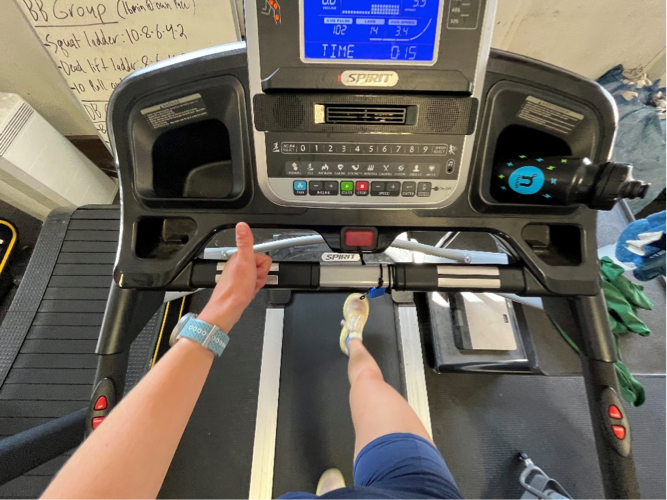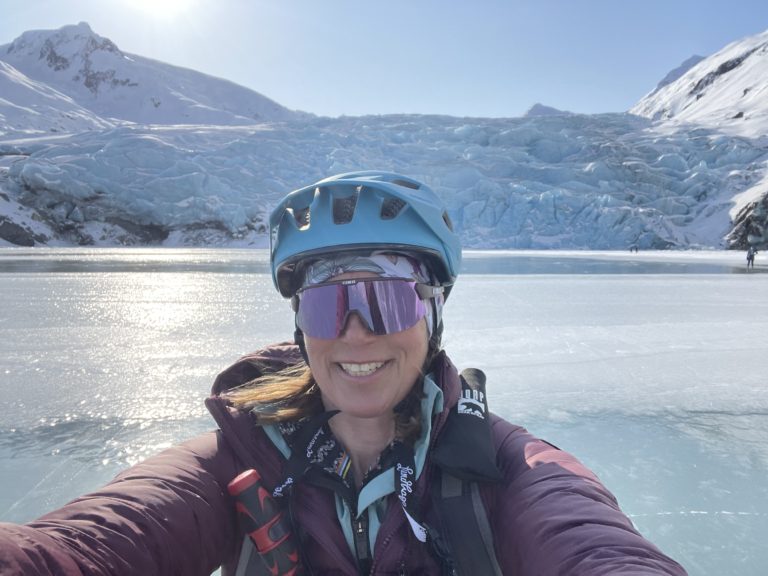Kim Rudd
Common Injuries Among Nordic Skiers, by Cara Battles, PT
Nordic skiing is a popular way to enjoy the outdoors in winter. While it has a notably low injury rate, overuse injuries can occur, due to repetitive stress. These injuries are preventable through proper training. This article will describe common overuse injuries among Nordic skiers along with some recommended treatments.
Patellofemoral pain, or pain in the front of the knee at the kneecap.
The kneecap tracks in a groove on the end of the femur (thigh bone). If the patella does not track correctly in the groove, there is undue stress on the tissues in that area which can ultimately lead to pain. Poor tracking can be the result of hip weakness, causing poor control of the movement of the femur (thigh bone), poor stabilization or flexibility from the foot and ankle, and faulty skiing technique.
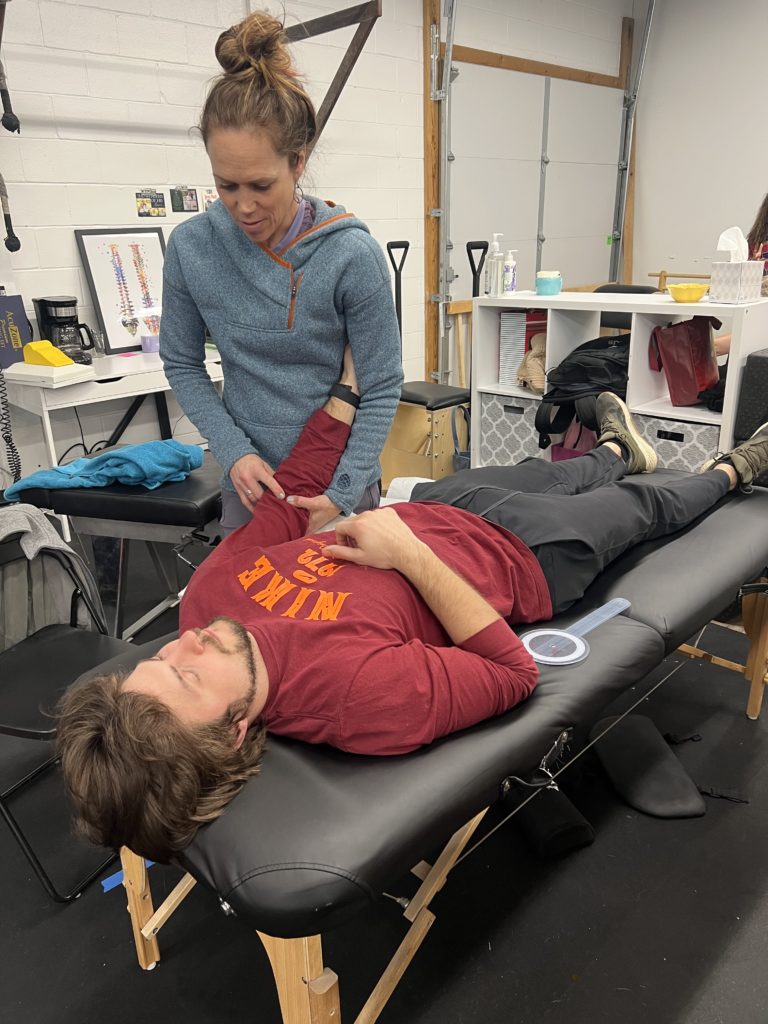
Trochanteric Hip Pain
Trochanteric hip pain is found on the outside of the hip. Hips provide the needed stability while gliding on one ski in Nordic skiing. Trochanteric hip pain can be related to gluteal tendon irritation or the bursa in the hip. Impaired hip strength is always a factor when there is pain on the side of the hip. Strengthening the gluteal muscles will help regain hip stability while skiing. Also, an assessment of your body position when skiing could identify movement faults that may be contributing to the overall hip instability.
Low Back Pain
Low back pain among skiers can be related to the repetitive flexion and extension (forward and backward bending) of the spine, often with double poling. Tightness in the hip flexors and impaired abdominal control can contribute to this problem. If you are experiencing low back pain, ask someone to record your double poling from the side and observe what your back is doing. Your low back should not arch excessively before pole plant or round as you are poling.
Medial Epicondylitis
This injury occurs when there is pain on the inside of the elbow. Repetitive poling can be an instigator of this pain. The hard impact at initial contact can place excessive stress on the elbow. Incorrect poling technique, gripping the poles too tight, or incorrect wrist position may also contribute. There can be insufficiency in shoulder strength which also puts undue work on the elbow.
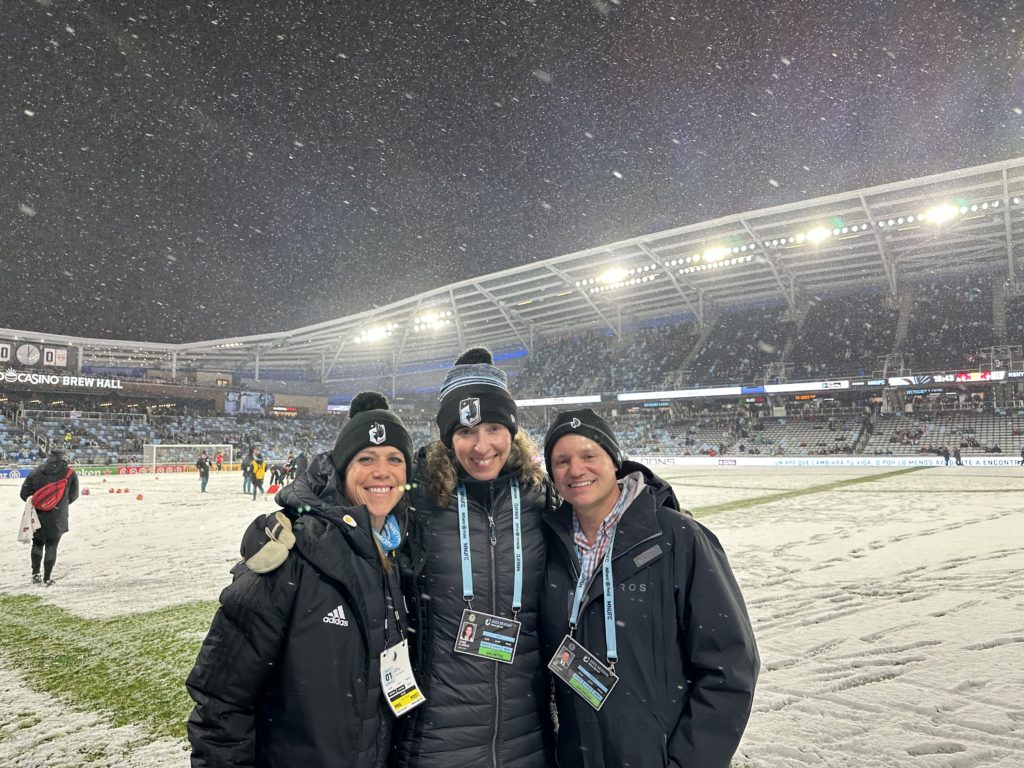
Rotator Cuff Syndrome (often known as impingement).
Athletes who suffer from this injury have some form of irritation of the rotator cuff. This can be a tendon dysfunction or a muscle tear, or abnormal mechanics causing pinching of tissues in the shoulder. Often there is an imbalance between the rotator cuff (the deep muscles in the shoulder) and the scapular muscles (the muscles around the shoulder blade). Once again, incorrect poling technique, overuse with too much poling, and incorrect pole length can contribute to shoulder pain.
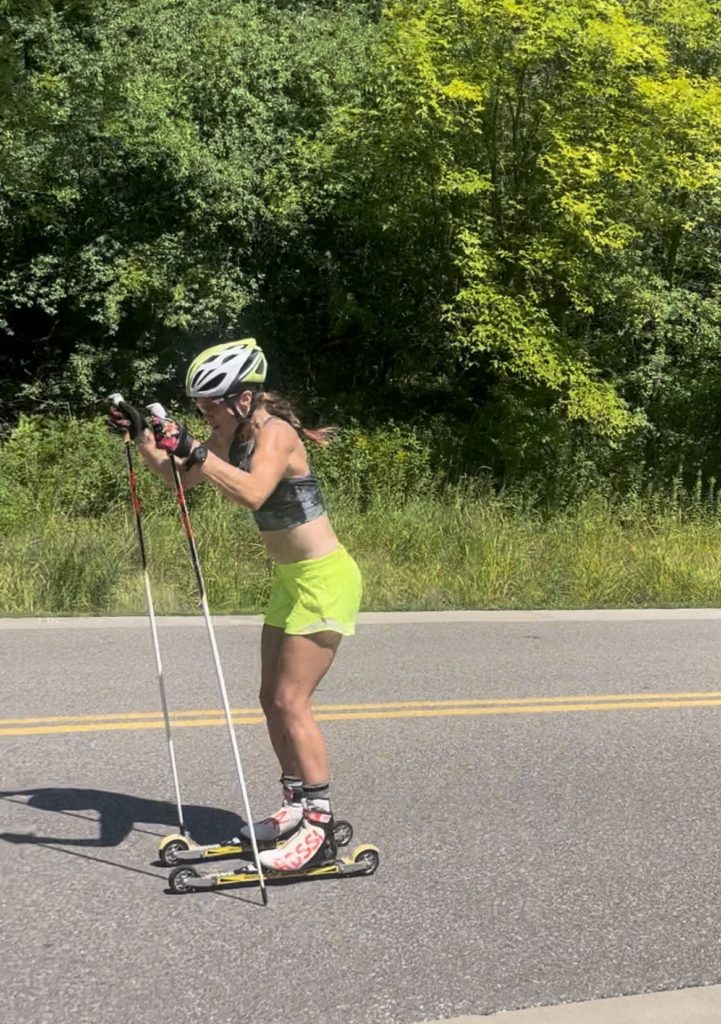
Many roller skiers have been injured after their ski pole ferrule tip gets stuck in the ground and as a result, this stress on the shoulder can irritations to the rotator cuff. Be careful when poling on a soft surface or pavement with cracks. If you fall and have difficulty lifting your arm immediately, it would be wise to see an orthopedic shoulder specialist to assess the integrity of your rotator cuff. I have also noticed that skiers with shoulder injuries often have a deficit in hip strength on the opposite side. Food for thought…we must look at the whole body when there is an injury.
Achilles Tendinosis
This injury causes pain in the Achilles tendon at the back of the ankle. Squeezing the Achilles tendon will often elicit pain. Ankle mobility and calf strength are very important in skiing. A lack of flexibility or decreased strength may be a contributing factor. Proper dorsiflexion (ankle bend) is important for cross-country skiing because it allows for adequate shin angles which is crucial for proper ski technique. In the classic technique, there is a large eccentric force at the calf during the kick phase. If you think of the number of times you kick when out skiing, it is easy to understand how the Achilles tendon could develop overuse pain if it isn’t accustomed to that much repetitive loading. Try a heel lift for short-term relief of Achilles tendon problems!
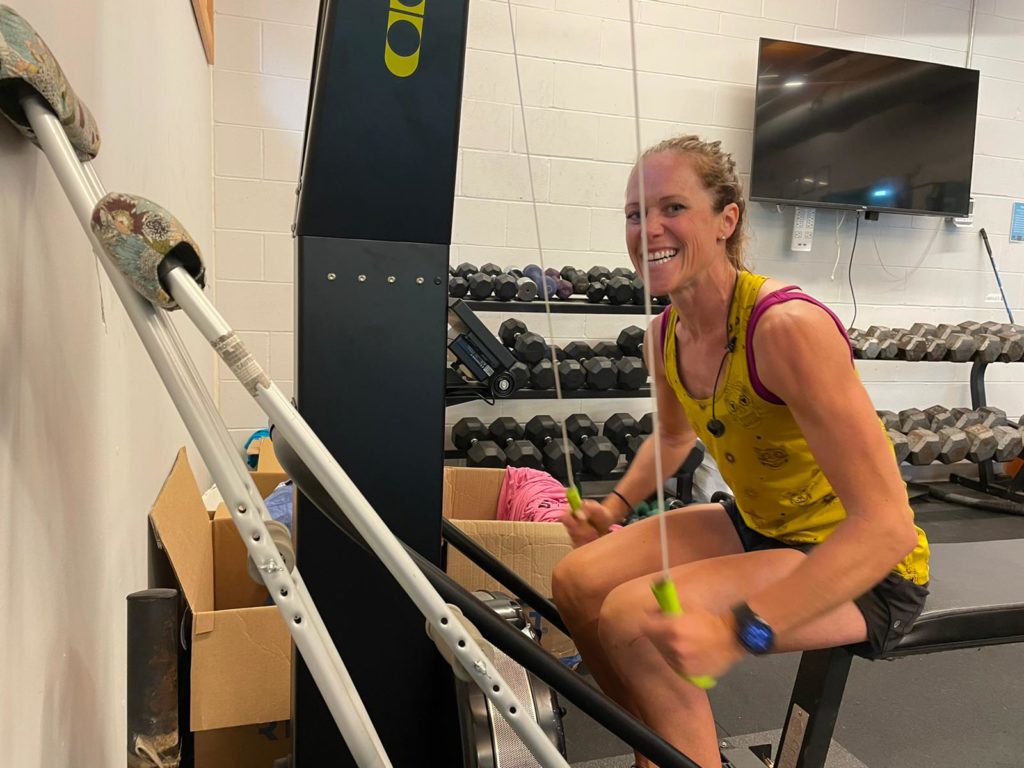
Injury Prevention for the Nordic Skier
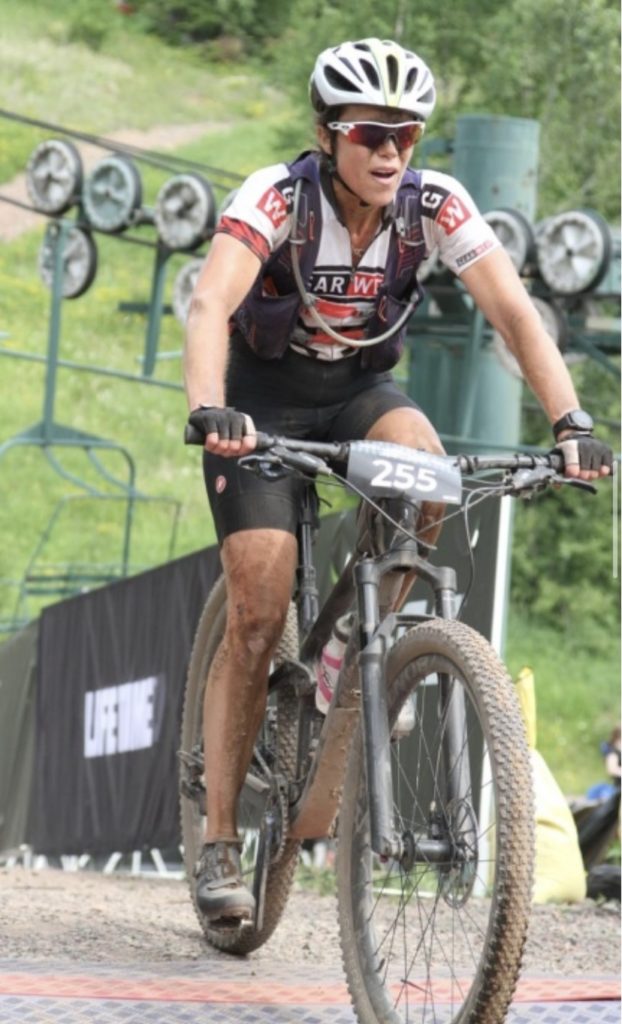
- Ease into your fall and winter ski training! We are moving toward the ski season in Minnesota. It is important to remember that most Nordic ski injuries are overuse injuries. These are in response to doing too much too soon, and putting more stress on your tissues than they are ready to withstand. Don’t try to ski 30K the first time out!
- Cross-train can help with overuse injuries. Performing both classic and skate skiing throughout the season is great cross-training for your legs. Taking days off along with strength training can help you avoid overuse injuries. If you feel pain during or after a ski, interpret that as a signal from your body that you are overusing that tissue and it needs a rest. Switch your exercise the following day and consider any variables that may be contributing, such as a change in equipment. If you address the pain right away and make a change, it will likely go away quickly.
- Improve your skiing technique with drills or lessons. Proper skiing form will help you use your body more efficiently and reduce stress on your tissues.
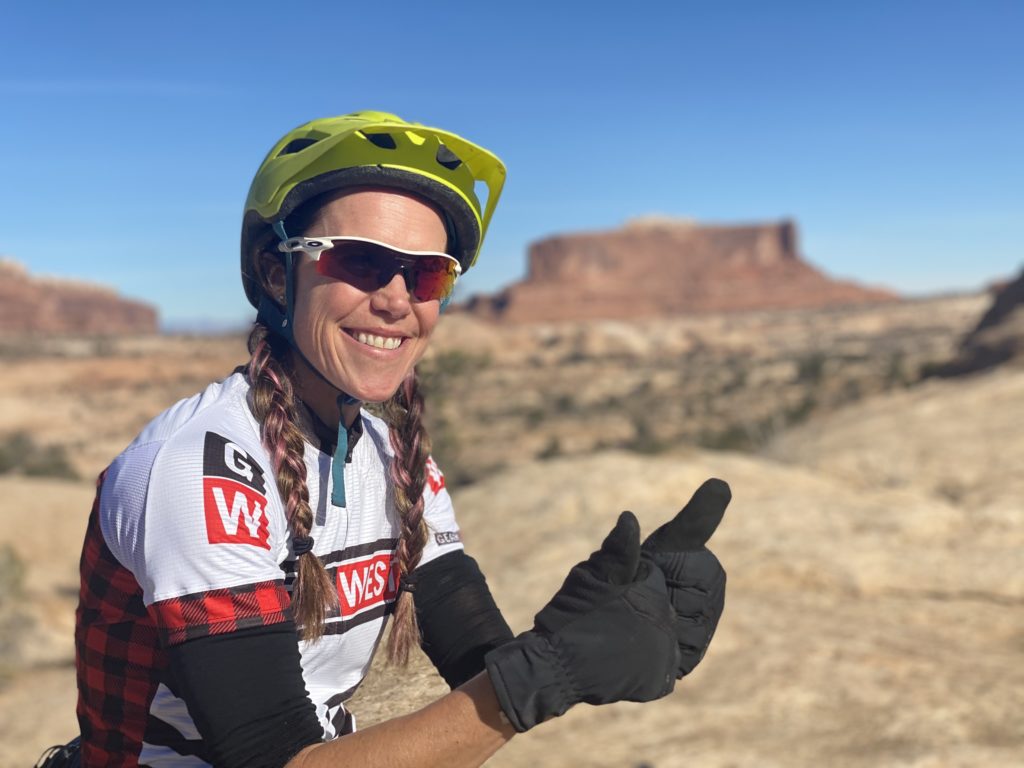
Cara Battles is a Doctor of Physical Therapy with 17 years of experience working in orthopedics and sports medicine. She is currently the team physical therapist for the MN United Major League Soccer team. She is the owner and clinician at Precision Performance Physical Therapy, LLC. She has extensive experience treating athletes, from recreational to professional, in endurance sports, adventure sports, and team sports. Cara prides herself on her thorough evaluation and treatment planning, high patient expectations, and persistence for positive outcomes to meet the patient’s goals.

Cara lives the life of an athlete and trains year-round. In winter, she skis on a master’s elite ski team and races on her mountain bike in the summer. She is also active with the Loppet as an athlete and coach of strength and skiing. Cara grew up playing basketball and made the transition to endurance sports in her late 20s.
Contact Cara for your PT questions and therapy needs:
- Call or text at: 763-360-9462
- Email: dr.battles@precppt.com
- website : www.precperfpt.com
https://www.enduradv.com/2023/08/21/common-injuries-among-nordic-skiers/


